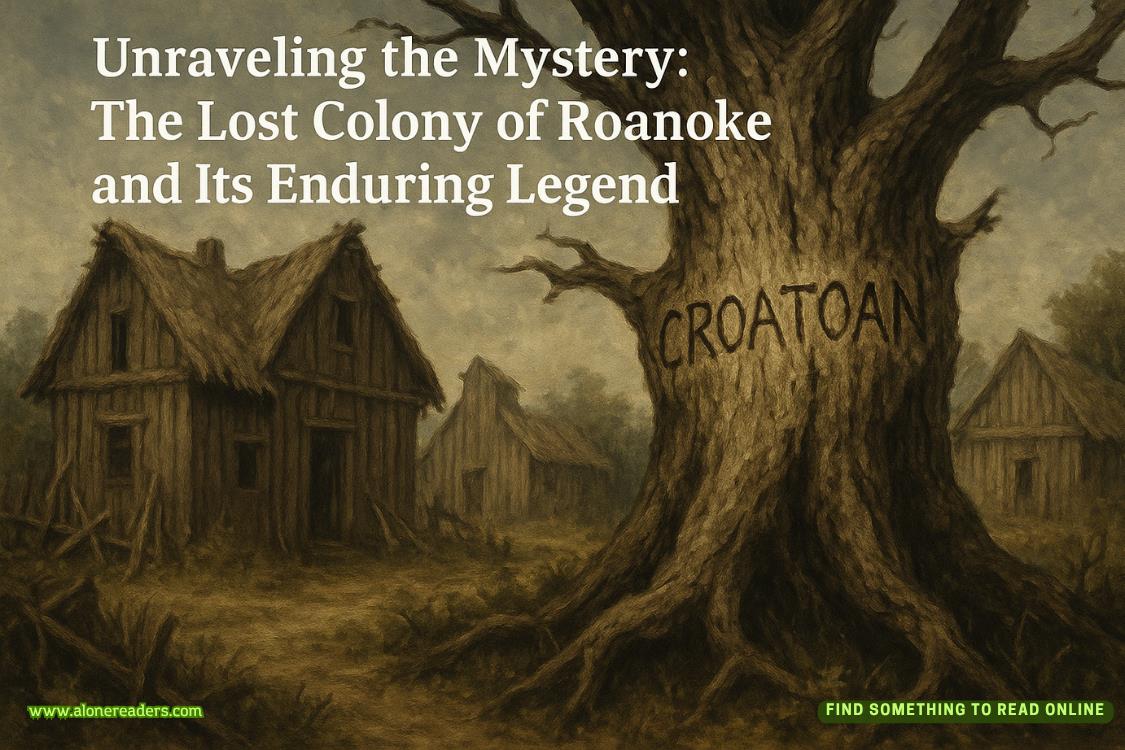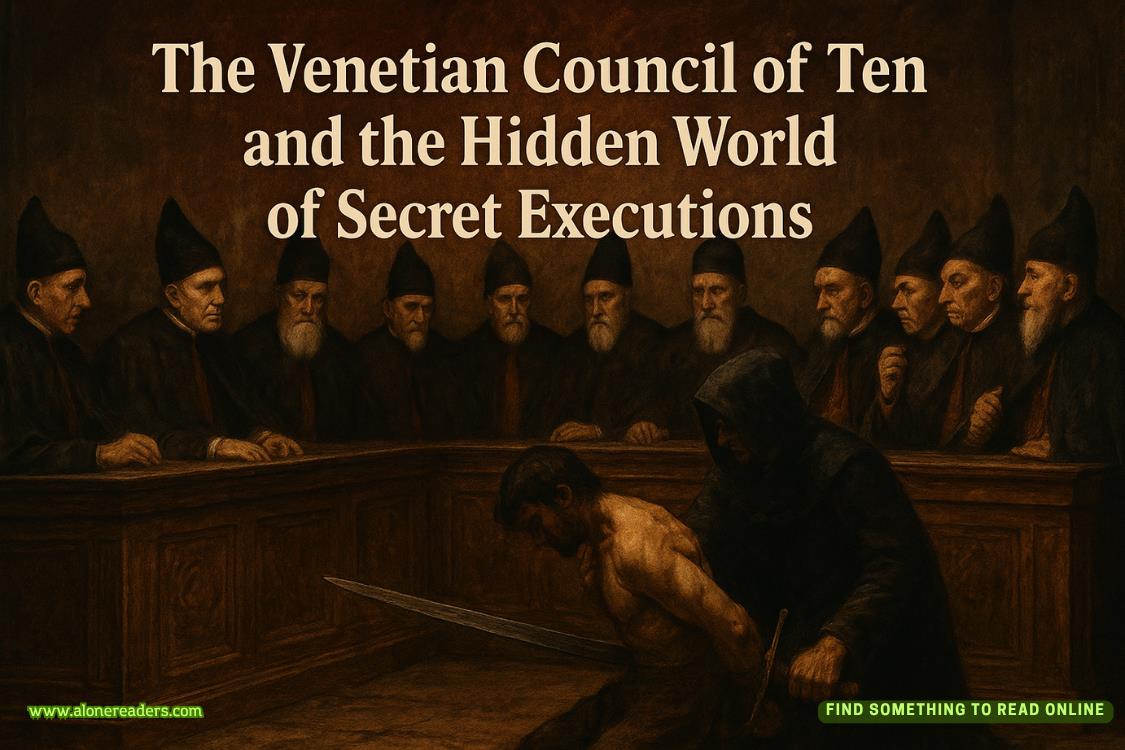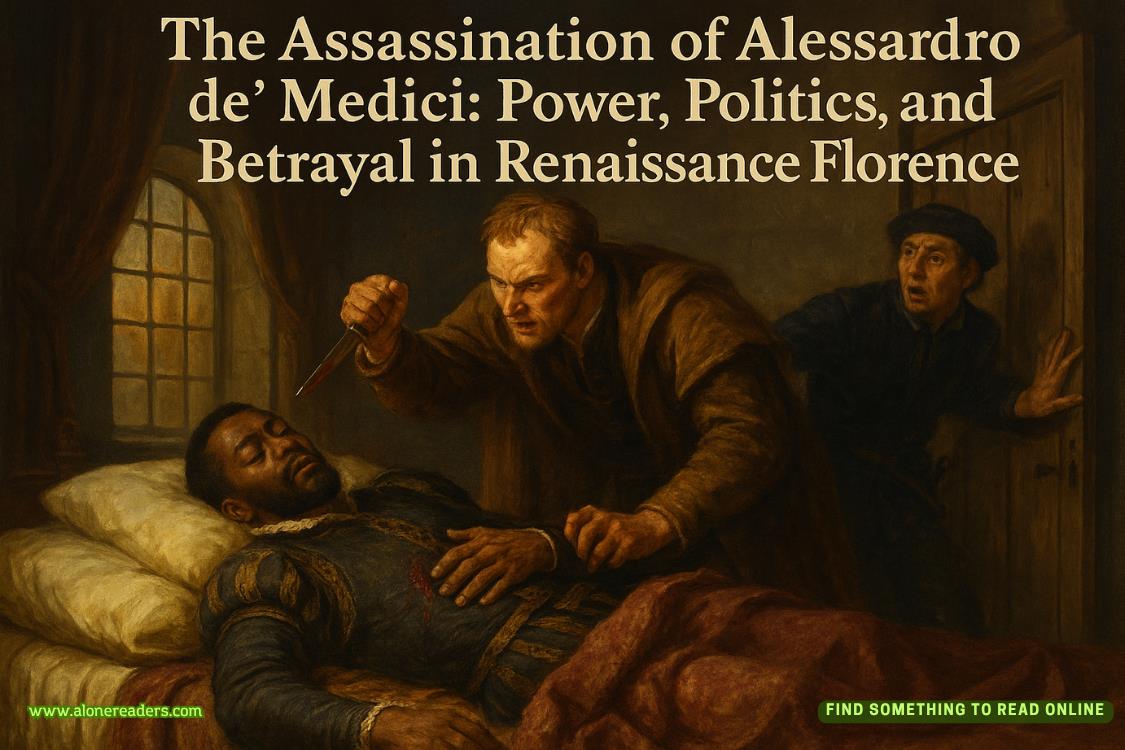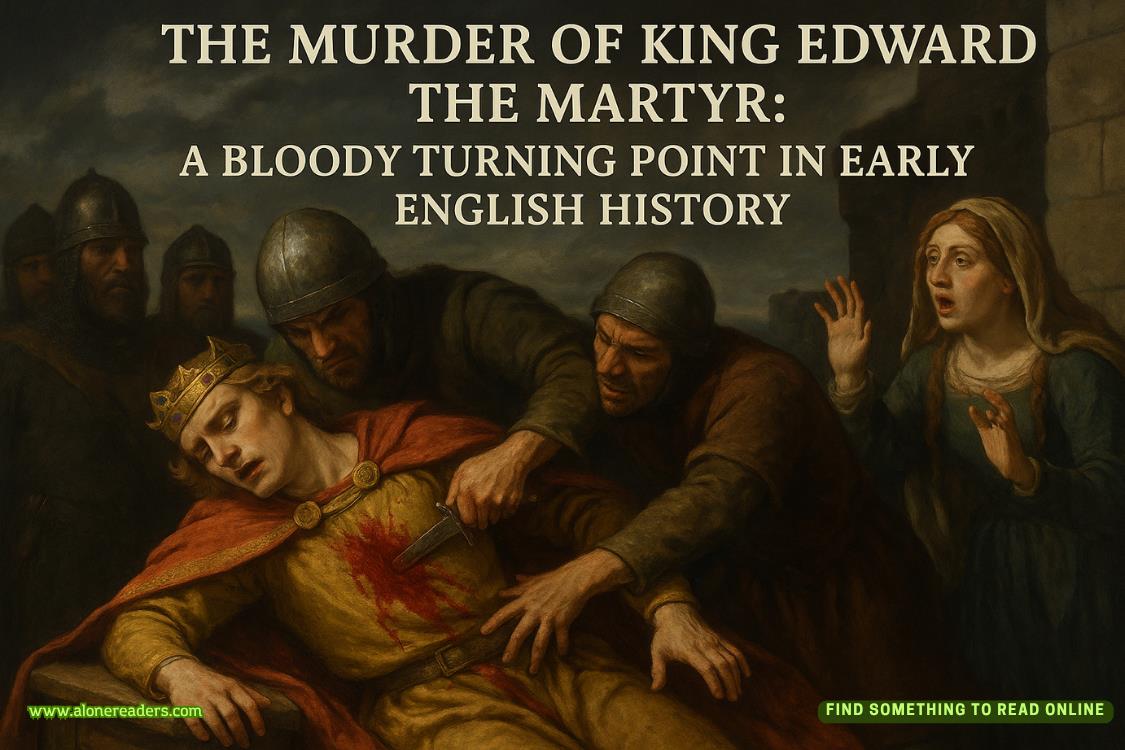Page 4 of The Atlantis Gene (The Origin Mystery 1)
David kept his eyes focused on the newsstand. His ear piece crackled to life. “Collector, Watch Shop. Be advised, we’re zero-hour plus twenty.”
The contact was late. The team was growing nervous. The unspoken question was: do we abort?
David raised his mobile phone to his face. “Copy, Watch Shop. Trader, Broker, report.”
From his vantage-point, David could see the two other operatives. One sat on a bench in the middle of the bustling crowd. The other man was working on a light near the restrooms. Both reported no sign of their anonymous informant, a man who claimed to have details of an imminent terrorist attack called Toba Protocol.
The operatives were good, two of Jakarta station’s best; David could barely pick them out of the crowd. As he surveyed the rest of the station, something unnerved him slightly.
The ear piece crackled again. It was Howard Keegan, the Director of Clocktower, the counter-terrorism organization David worked for. “Collector, Appraiser, it seems the seller didn’t like the market today.”
David was Jakarta Station Chief, and Keegan was his boss and mentor. The older man clearly didn’t want to step on David’s toes by shutting down the operation, but the message was clear. Keegan had come all the way from London, hoping for a break. It was a big risk given the other ongoing Clocktower operation.
“I agree,” David said. “Let’s shut it down.”
The two operatives casually vacated their positions and melted into the throngs of scurrying Indonesians.
David took one last look at the newsstand. A tall man with a red windbreaker was paying for something. A newspaper. The New York Times.
“Standby, Trader and Broker. We have a buyer looking at merchandise,” David said.
The man stepped back, held the paper up, and paused for a few seconds to read the front page. Without looking around, he folded the newspaper, tossed it in the trash can, and walked quickly toward the loaded train moving away from the station.
“Contact. I’m engaging.” David’s mind raced as he bounded from the shadow and into the crowd. Why was the man late? And his appearance — it was… wrong. The overt red windbreaker, the posture (a soldier’s posture, or an operative), the way he walked.
The man pushed onto the train and began snaking through the thick crowd of standing men and sitting women. The man was taller than almost everyone on the train, and David could still see his head. David squeezed onto the train and stopped. Why was the contact running? Had he seen something? Been spooked? And then it happened. The man turned, glancing back at David, and the look in his eyes said it all.
David wheeled around and swept the four men standing in the doorway out onto the platform. He pushed them away from the train as more anxious commuters poured onto the train in the hole he had made. David was about to shout when the explosion tore through the train, spraying shards of glass and metal into the station. The blast threw David to the concrete floor of the platform, sandwiching him between bodies, some dead, others writhing in pain. Screams filled the air. Through the smoke, pieces of ash and debris drifted down like falling snow. David couldn’t move his arms or legs. His head rolled back, and he almost lost consciousness.
For a moment he was back in New York, running away from the crumbling building, then he was under it, trapped, waiting. Hands from unseen arms grabbed him and pulled him out. “We got you buddy,” they said. The sirens from trucks labeled FDNY and NYPD rang out as the sunlight hit his face.
But it wasn’t an ambulance this time. It was a black delivery van outside the train station. The men, not FDNY. The two operatives, Trader and Broker. They hoisted David into the van and sped away as Jakartan police and fire teams filled the streets.
CHAPTER 3
Autism Research Center (ARC)
Jakarta, Indonesia
Playroom four buzzed with activity. The scene was typical: toys strewn everywhere with about a dozen children scattered throughout the room, each playing alone, focused intensely. In the corner, an eight-year-old child named Adi rocked back and forth as he built a puzzle with ease. When he placed the last block, he looked up at Ben, a proud smile on his face.
Kate couldn’t believe it.
The boy had just assembled a puzzle her team used to identify savants — autistic individuals with special cognitive abilities. The puzzle required an IQ in the 140-180 range. Kate couldn’t do it, and only one child in the study could — Satya.
Kate watched as the child quickly built the puzzle, tore it down, and built it again. Then Adi stood up and took a seat on a bench beside Surya, a seven-year-old in the study. The smaller boy got up and completed the puzzle with just as much ease.
Ben turned to Kate. “Can you believe it? You think they’re doing it from memory? From watching Satya?”
“No. Or maybe. I doubt it,” Kate said. Her mind raced. She needed time to think. She had to be sure.
“This is what you’ve been working on, isn’t it?” Ben said.
“Yes,” Kate said absently. It was impossible. It shouldn’t have worked so quickly. Yesterday, these children were classic cases of autism — if there was such a thing. Increasingly, researchers and physicians had begun recognizing autism as a spectrum of disorders with a wide range of symptoms. At the core of autism was a dysfunction in communication and social interaction. Most affected children avoided eye contact and socializing, others wouldn’t respond to their names, and in severe cases, children couldn’t stand any contact. Yesterday neither Adi or Surya could have completed the puzzle, made eye contact, or much less taken turns.
She had to tell Martin. He would make sure that their funding wasn’t cut off.
“What do you want to do?” Ben said. The excitement was clear in his voice.
“Take them to observation two. I need to make a call.” The disbelief, exhaustion, and joy fought a battle in Kate’s mind. “And, uh, we should administer a diagnostic. ADI-R. No, ADOS 2, it will take less time. And let’s film it.” Kate smiled and gripped Ben’s shoulder. She wanted to say something profound, something that would mark the moment, words like she imagined brilliant and now famous scientists say at the breakthrough moment, but no words came, just a weary smile. Ben nodded and then took the children by the hands. Kate opened the door, and the four of them walked out into the corridor where two people were waiting. Not people. Monsters, dressed head-to-toe in black military gear: a helmet that covered a cloth mask, dark ski-like goggles, body armor, and black rubber gloves.















